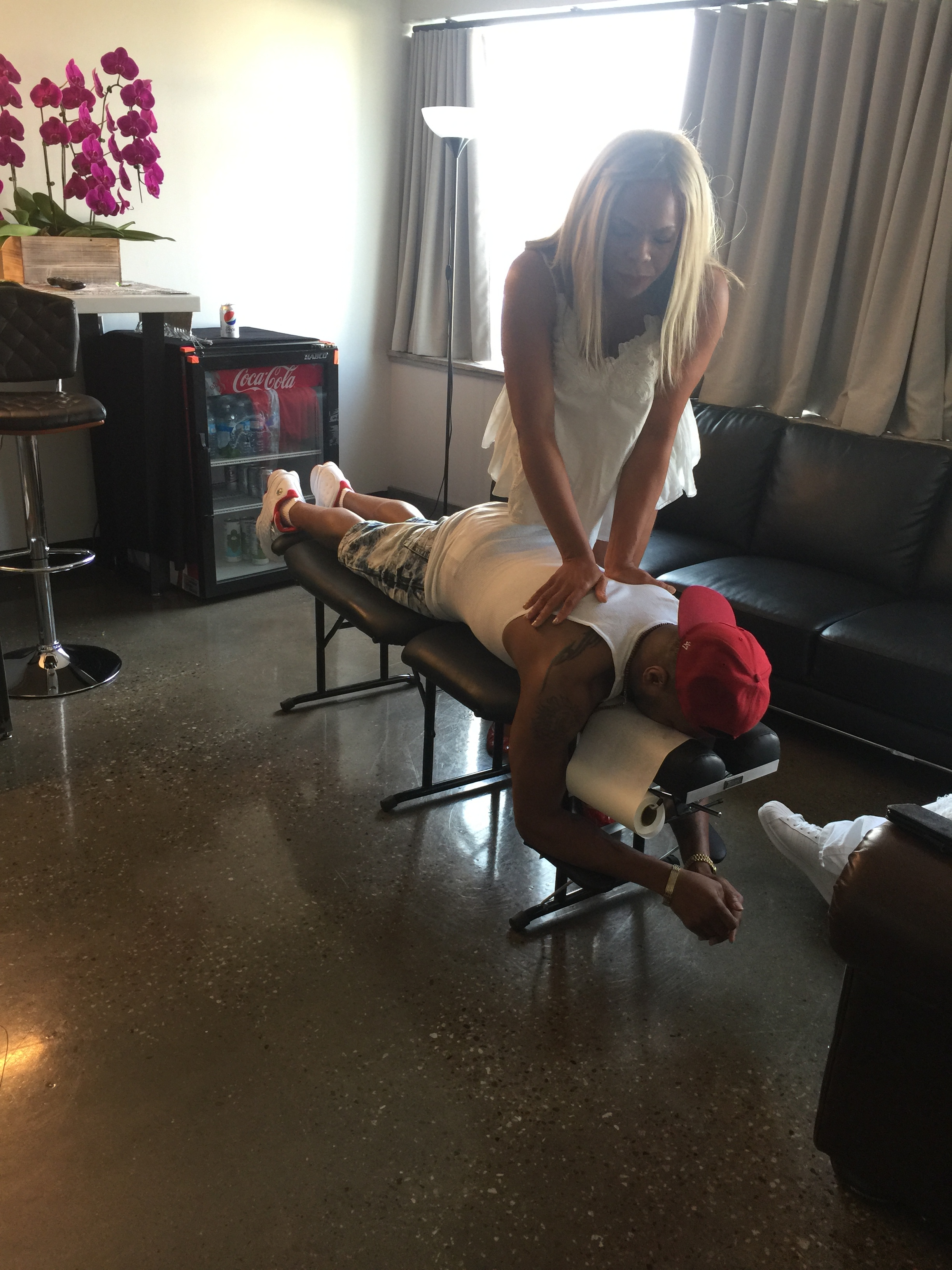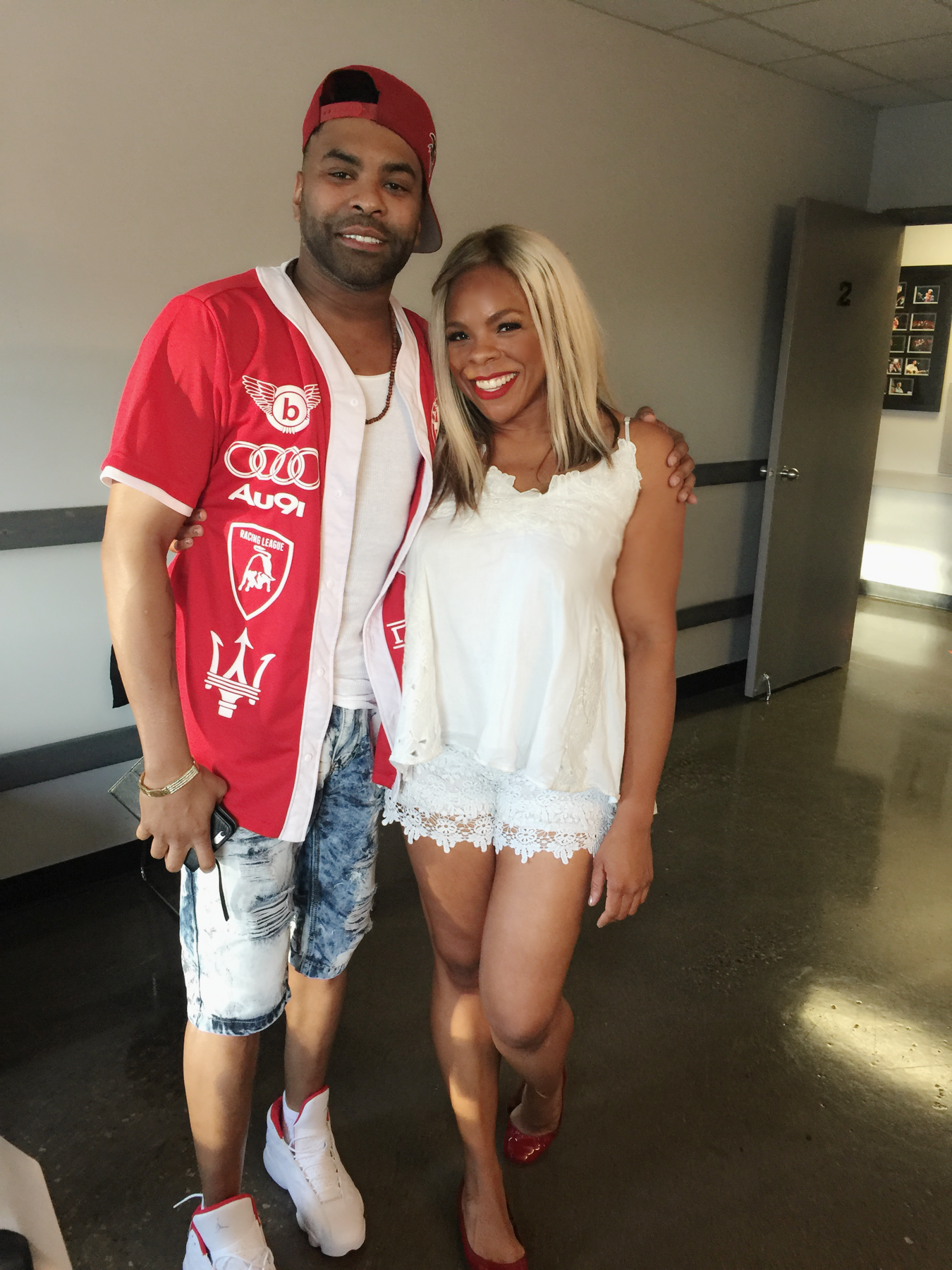Osteopathy was founded upon the principles of manual manipulation and rooted in a philosophy that the body should be brought back to health using the least invasive measures first. Osteopathic manual manipulation was designed to improve the flow of air and blood, lymphatic, and other fluids in the body to improve the function of our joints, organs and bran and to maximize self-healing mechanisms.
Osteopathy is a touch-centered treatment that looks at the patient as a whole and aims to determine why the problem is there and treat the conditions that created the problem. Tissues are manipulated in order to help the body return to health.
Osteopathic manipulation is most commonly used to treat musculoskeletal conditions like neck, back, knee and foot pains but can also help with stress, digestive issues and migraines. For example, research has shown that using manipulation to treat elderly patients with pneumonia results in shorter hospital stays and less use of medication. Other studies have suggested a link between manipulation and activity in the endocannabinoid system, the same system affected by the pain-relieving cannabis in marijuana.
The main reason I chose to pursue osteopathy instead of chiropractic is that while chiropractic focuses primarily on spinal manipulation, osteopathy involves head to toe treatment to help the body work more efficiently. Whether someone has a wrist fracture, back pain or a knee injury, osteopaths will treat the entire body to optimize functioning. I have always felt that with the multitude of interconnections in the body, addressing the entire system is the only way to effectively treat.
Osteopathic treatments are conventionally classified into soft tissue techniques, articulation, and mobilization. Soft tissue techniques mechanically stretch the skin, fascia, and muscle tissues to enhance their motion and pliability, either as a specific therapeutic goal or in preparation for other procedures. Articulation consists of repetitive, oscillatory movements engaging a restrictive barrier up to it send point before backing away. Its purpose is to surround inga restricted articulation. Mobilization involves engaging the restrictive barrier of the joint needing treatment, followed by a high velocity and low amplitude thrust through the barrier, which briefly separates the joint surfaces and commonly produces a cavitation sound.
Successful treatment will restore the range of movement, improve symmetry, reduce muscle hypertonicity, and possibly restore normal joint receptor activity. This might improve somatic neural input to the spinal cord and allow reflex activity in facilitated spinal segments to return towards normal.
I have always had a particular fascination for fascia. In over 10 years of practice I have had the most success treating difficult conditions by addressing the fascia.
Myofascial release is one aspect of Osteopathy and the purpose of these therapies and treatments is to alter the mechanical properties of fascia, such as density, stiffness, and viscosity, so that the fascia can more readily adapt to physical stresses. In fact, some osteopathic physicians and manual therapists report local tissue release after the application of a slow manual force to tight fascial areas; these reports have been explained as a breaking of fascial cross-links, a transition from gel to sol state in the extracellular matrix, and other passive viscoelastic changes of fasciae. The fascial osteopathic technique is the application of a low-load, long-duration stretch into the myofascial complex that is intended to restore the optimal length of this complex. The operator places his or her hand on the fascial restriction identified previously by palpation, using different approaches, until the perceived resistance disappears or greatly decreases, inducing or stopping the preferential direction of the tissue. The time required for the technique varies according to the response of the patient. There are reports in the literature that improvement in the sliding of the different fascia layers, via manual manipulation, may decrease pain symptoms and reduce inflammation at the local level.



























![Join us in the concourse atrium of Scotia Plaza [40 King St. W] to try the dr. Liza pump, get complimentary shoulder massages and score some delicious candy!](https://images.squarespace-cdn.com/content/v1/55c50e43e4b03c14361fb22e/1495246403818-D0AXCWH911AU0OGXNG71/image-asset.jpeg)

















